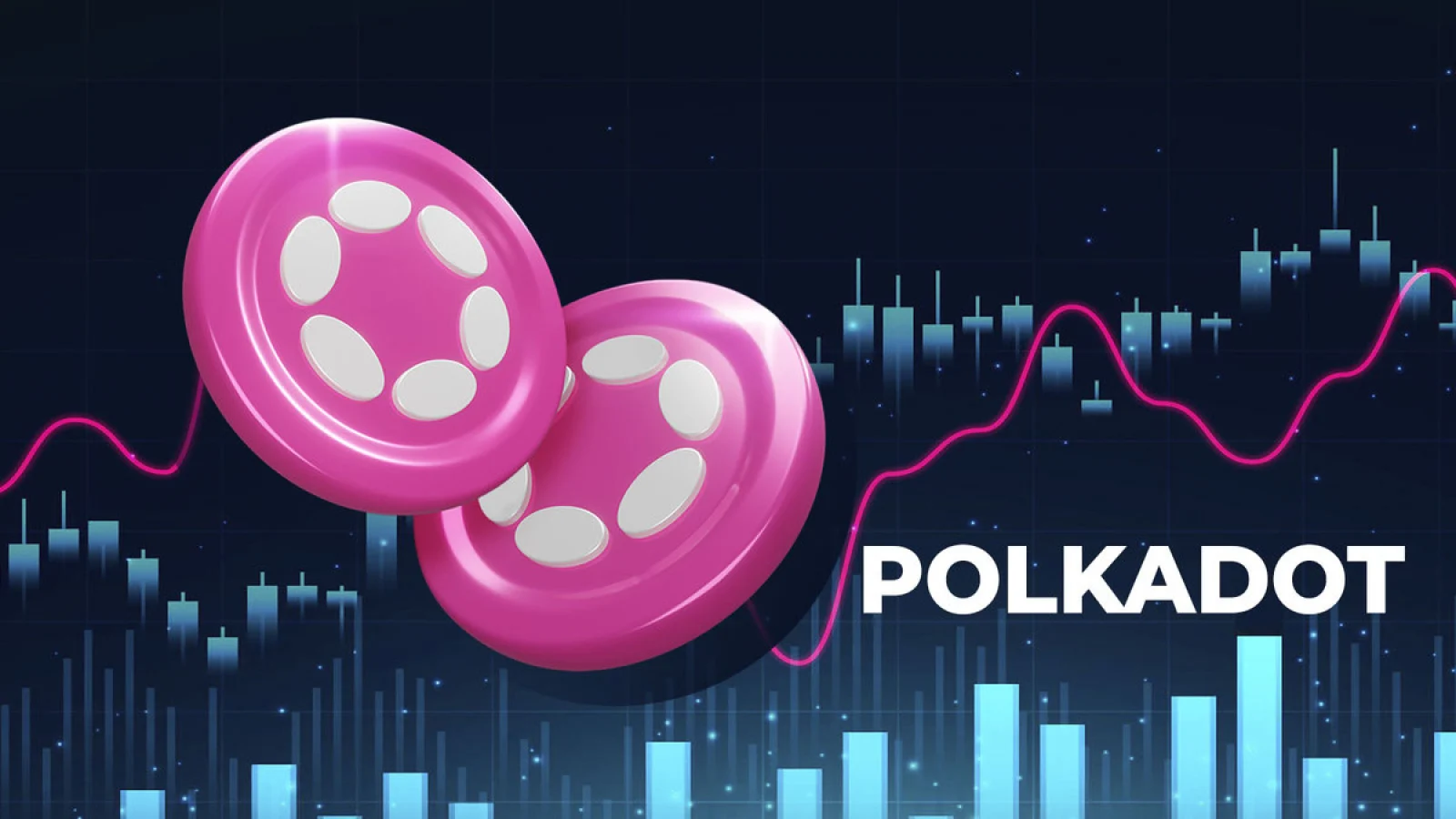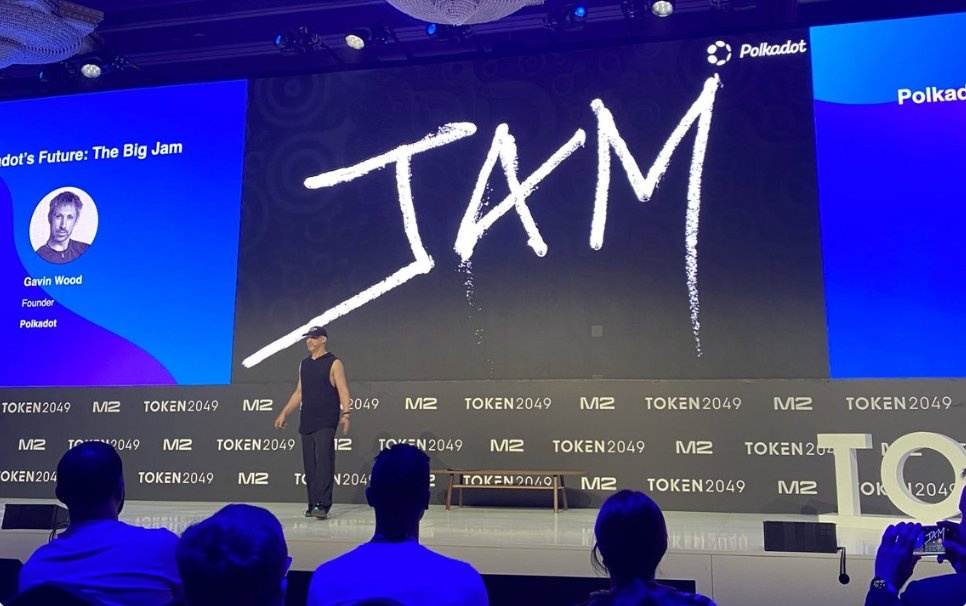Polkadot’s founder Gavin Wood has introduced the groundbreaking JAM Protocol in 2024, heralding a significant advancement in blockchain scalability. The innovative protocol aims to address longstanding efficiency challenges within the Polkadot network, promising to revolutionize how transactions are processed, and data is managed across decentralized applications. Wood’s unveiling of JAM marks a pivotal moment for Polkadot, positioning the platform at the forefront of blockchain technology innovation as it strives to enhance performance and usability on a global scale.
It has been named the Join-Accumulate Machine, with a vision for greatly enhanced interoperability between smart contracts across chains, and the new Polkadot Virtual Machine is promised to bring unprecedented throughput.
Wood Addresses Digital Individuality Challenges
According to Gavin Wood, in his presentation at Polkadot Decoded 2024, one of the fundamental distinctions needed within blockchain networks is between human users and automated systems; it was a critical factor for resource management and distribution. He referenced the general problem of preventing one entity from generating several identities that all seem unique—hence the term Sybil attack. The issue is very compelling in blockchain, where game theory is the basis of system operations and requires plurality among players to be limited or managed.
Wood explained the difference between identity and individuality, saying that it is not on the identification of real-world individuals but on the distinction of devices between systems held by humans and those held by automated systems. This relates to blockchains—especially governance structures, different types of resources, and the safeguarding of users—where systems must be safe and efficient yet friendly to people. Wood discussed various options to address this challenge. Still, he underlined the complexity of designing a Sybil-proof decentralised system that respects users’ privacy.

Polkadot Establishes Partnerships to Advance Blockchain Technology
Apart from the launch of the JAM Protocol, Polkadot has been at the forefront of entering into strategic partnerships to develop blockchain technology. The Polkadot Foundation inked deals with the University of Buenos Aires and Archisinal, a real-time Web3 data platform. The move seeks to develop blockchain’s applicability and improve learning through innovation.
The collaboration between UBA and the Polkadot Foundation will look into blockchain solutions within the structures of the University’s Artificial Intelligence Laboratory, IALAB. This relationship will bend towards creating new blockchain technologies in a university environment for more excellent learning and research. Archisinal real-time data platform partnership will also avail invaluable insights and tools for developing blockchain applications, further sealing Polkadot at the forefront of blockchain innovation.
The JAM Protocol: A Leap in Blockchain Scalability
The JAM Protocol was unveiled at the Polkadot Decoded event last year and has improved blockchain scalability and interoperability. By migrating to the Polkadot Virtual Machine, JAM is expected to reach around one trillion EVM gas per second. This huge increase in performance relieves many of the pain points in existing blockchain systems today, such as improving the interoperability of smart contracts across different chains.

The Web3 Foundation announced a JAM developer program to support the development of the JAM Protocol. This program includes distributing 10 million DOT to teams developing JAM implementations ready for production in various programming languages. With this kind of strong funding, the JAM Protocol’s adoption and refinement will be very fast, and it will become a robust and versatile solution for the blockchain community.
DOT trades at $5.85 at the time of writing, up by 2.36% in the last 24 hours and 3% in the last seven days. It holds a market capitalization of $8.41 billion and a trading volume over 24 hours of $149.8 million; however, the trading volume is down 6.8%. Even with this fluctuation, Polkadot retains its grip in the cryptocurrency market; the all-time high price of $56.21 to its credit speaks a lot about the potential of the cryptocurrency.
Conclusion
This was evident from events like the Polkadot Decoded 2024, which brought out optimum innovation and scalability of a blockchain platform. Gavin Wood delivered a momentous moment; the details of the JAM Protocol promised improved interoperability and performance for blockchain systems. Moreover, key partnerships of the Polkadot Foundation, especially with the University of Buenos Aires and Archisinal, further give credence to the network’s commitment to strengthening blockchain technology with collaboration and detailed academic research.
By pioneering new solutions and strategic alliances, Polkadot places the blockchain industry in a future of scalability and interoperability like never before. Polkadot holds a very good position for today’s blockchain system challenge to drive the next wave of innovation in the decentralised economy. TurkishNY Radio keeps you up to date about the newest developments in the crypto space.








